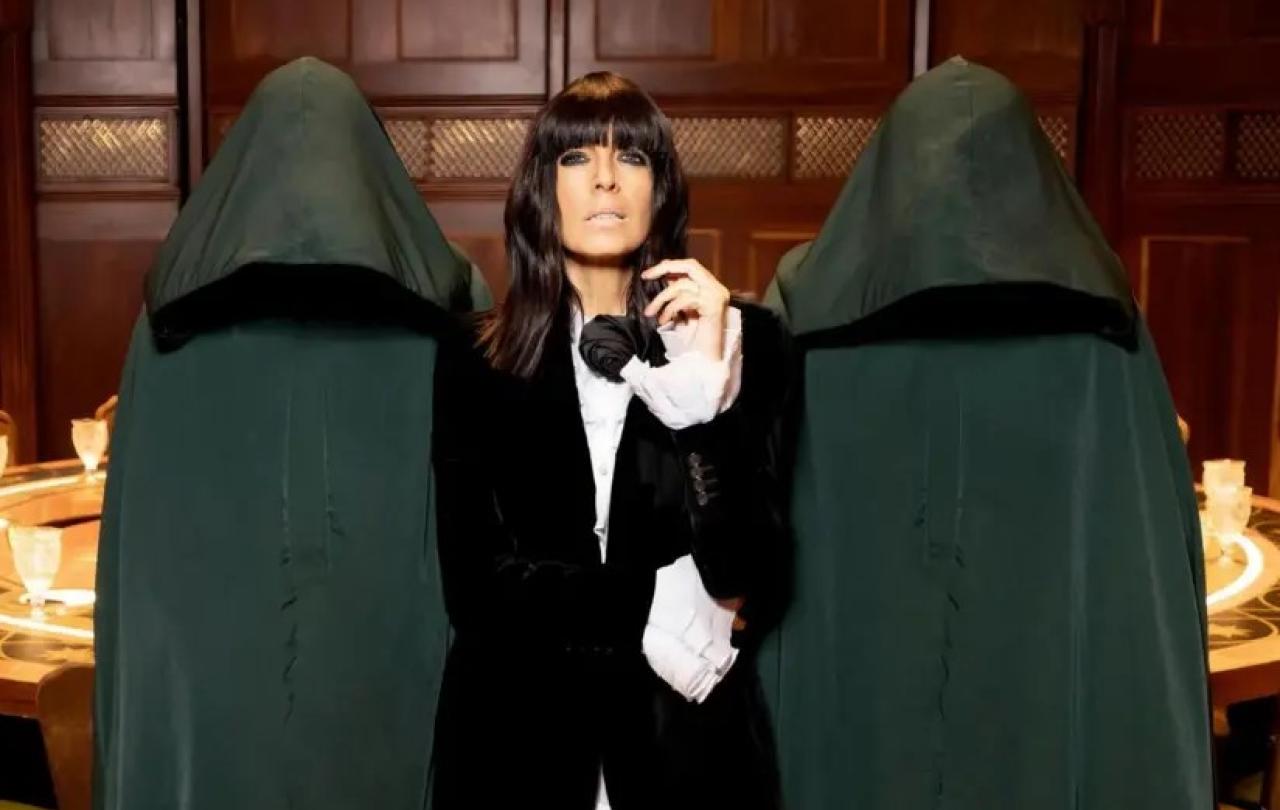
Listen now
This week we delve, with Jonathan Rowlands, into the world of BBC's hit TV show The Traitors; Jenny Lander questions Apple AI's morality and Jack Chisnall asks why at this Inauguration Day, the 'Church and State' separation just can't hold.
Join with us - Behind the Seen
Seen & Unseen is free for everyone and is made possible through the generosity of our amazing community of supporters.
If you’re enjoying Seen & Unseen, would you consider making a gift towards our work?
Alongside other benefits (book discounts etc.), you’ll receive an extra fortnightly email from me sharing what I’m reading and my reflections on the ideas that are shaping our times.
Graham Tomlin
Editor-in-Chief





